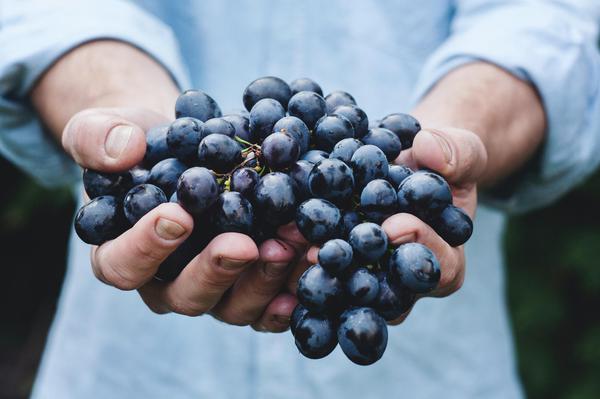The Kartli Wine Region, one of Georgia's five principal viniculture areas, presents a fascinating blend of history and modern winemaking. Though overshadowed by its eastern neighbor Kakheti, Kartli's burgeoning wine scene is marked by a mix of traditional Georgian and international grape varieties, quality-driven producers, and a rich history that stretches back to antiquity. This article delves into the region's unique characteristics, including its grape varieties, subregions, and the evolving wine culture.
Historical Background And Modern Evolution
Kartli, known in Classical times as Iberia, has long been a significant player in Georgian history. The modern Kartli region, deriving its name from the ancient Karts tribe, plays a crucial role in the ethnic and political consolidation of the Georgians. Its 21,333 km² (8,237 sq mi) expanse is home to diverse grape varieties and evolving wine practices, influenced by both ancient traditions and recent international expertise.
The wine industry here has witnessed a remarkable transformation, especially in areas like Bolnisi. This region, initially established by Swabian immigrants, has evolved from its Tsarist Russia-supported winemaking roots to a modern hub with new PDO regulations and a focus on quality.
Grape Varieties And Winemaking Techniques
Kartli's vineyards boast a wide selection of grapes, from the prominent Saperavi and Rkatsiteli to lesser-known local varieties like Chinuri and Shavkapito. The region also experiments with international varieties such as Aligoté and Chardonnay. The combination of European methods and traditional Georgian techniques contributes to a diverse wine portfolio, including classic European-style wines and unique Georgian offerings.
Subregions And Their Unique Characteristics
Kartli is divided into three main regions: Kvemo Kartli, Mtskheta-Mtianeti, and Shida Kartli, each with distinct climatic conditions and soil types. The vineyards, situated at elevations of 450-700 meters, benefit from the region's varied topography and river basins. The PDOs within these subregions emphasize the commitment to preserving the unique wine styles and quality specific to each area.
Tbilisi: The Capital's Connection To Kartli Wine
While Tbilisi, the capital of Georgia located within Kartli, does not house vineyards, it plays a pivotal role in the region's wine industry. The city's wine companies and wineries contribute significantly to the region's wine culture, with vineyards dotting the surrounding countryside. Tbilisi's unique geographical and climatic conditions further enhance its role in the Kartli wine narrative.
Conclusion: Kartli's Place In Georgian Wine Heritage
Kartli, a region steeped in history and evolving winemaking practices, is an essential part of Georgia's rich vinicultural tapestry. Its blend of traditional and modern winemaking, coupled with a diverse range of grape varieties and unique subregions, makes Kartli a significant and intriguing wine region.

 Exploring the Cradle of Wine
Exploring the Cradle of Wine
 Georgia's 29 Wine Appellations
Georgia's 29 Wine Appellations
 Kakheti Wine Region
Kakheti Wine Region
 Imereti Wine Region
Imereti Wine Region
 Racha Wine Region
Racha Wine Region
 Adjara Wine Region
Adjara Wine Region
 Samegrelo Wine Region
Samegrelo Wine Region










